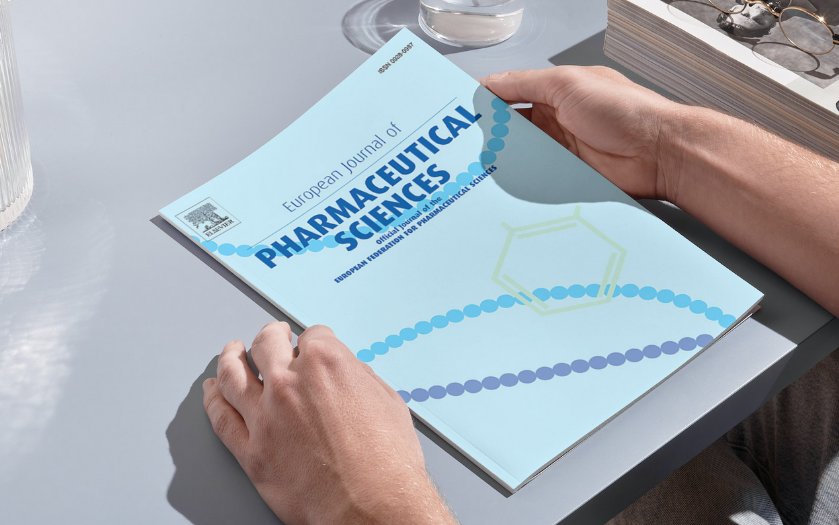
PreciseInhale® system: A first evaluation in humans
A new article in the European Journal of Pharmaceutical Sciences, published on March 7, 2024, delves into the results of a first-in-human clinical study of PreciseInhale® (PI), an advanced laboratory system that measures how inhaled particles act in the lungs and affect human health.
The article is titled “Regional lung targeting with a fluticasone/salmeterol aerosol using a bolus breath hold method of the PreciseInhale® system: A first evaluation in humans” and is based on a clinical trial that was performed at CTC Clinical Trial Consultant´s clinics. The authors of the article are Per Gerde, Carl-Olof Sjöberg and Helen Bäckroos from Inhalation Sciences AB, and Joakim Englund, Marit Wangheim, and Helena Litorp from CTC.
Article abstract
In development of inhaled drugs- and formulations the measured concentration in the systemic circulation is often used as a surrogate for local dosimetry in the lungs. To further elucidate regional differences in the fate of drugs in the lungs, different aerodynamic sizes of aerosols have been used to target major airway regions. An alternative approach to achieve regional targeting of aerosols, is to use a defined aerosol bolus together with a bolus breath hold strategy. A small volume of test aerosol is intercalated and stopped at different penetration depths, to achieve increased drug deposition at chosen lung locations. Drug permeation from the lung regions is then investigated by repeatedly sampling venous blood from the systemic circulation.
The PreciseInhale® (PI) exposure platform was developed to allow generation of aerosols from different sources, including clinical inhalers, into a holding chamber, for subsequent use with alternative exposure modules in vitro and in vivo. In the current first-in-human study was investigated the feasibility of a new clinical exposure module added to the PI system. By extracting aerosol puffs from a medical inhaler for subsequent delivery to volunteers, it was possible to administer whole lung exposures, as well as regional targeting exposures.
The article in full is available here.
